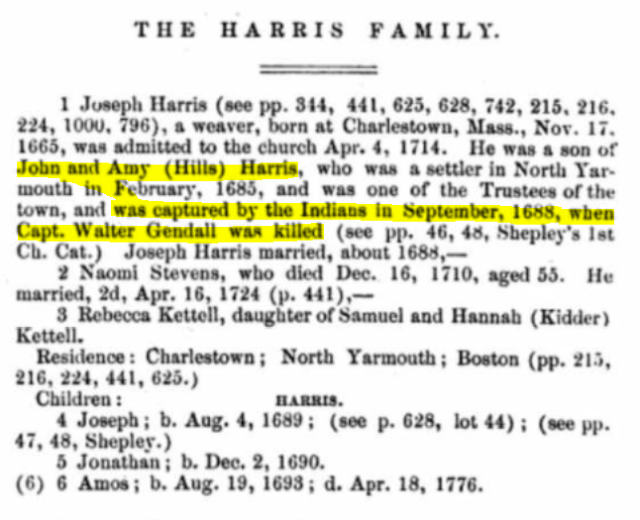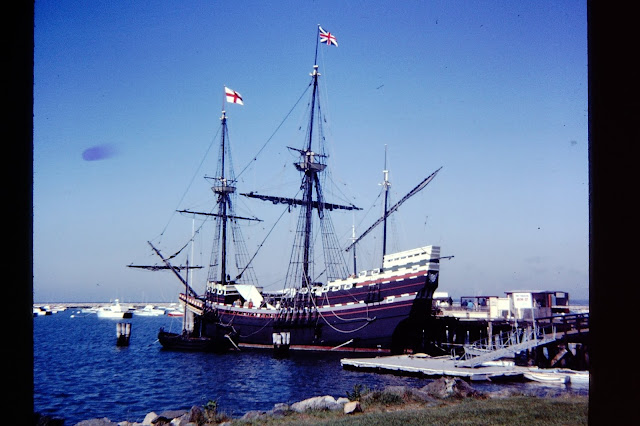In 1861 my great-great-grandmother Catherine O'Neal was living in what was then known as Conside and Knitsley in the county of Durham. She was 13 years old and her two of her brothers were already working outside the home. Patrick was 17 and his occupation was listed in the census as a Puddler. What is that?!
Family member name: Patrick O'NealYears of life: 1844 - probably died before 1890
Relation: My 2nd great-granduncle (my mom's dad's dad's mom's brother)
 |
| An American Puddler and his helper removing a wrought iron ball in the 1920s. |
In the early 1980's, Patrick O'Neal's great-grandniece (my mom) worked in the closely-related steel industry outside Boston, Massachusetts. However, her profession was a little more comfortable than his since she worked as a manager in a lovely air-conditioned office at Ryerson Steel.














